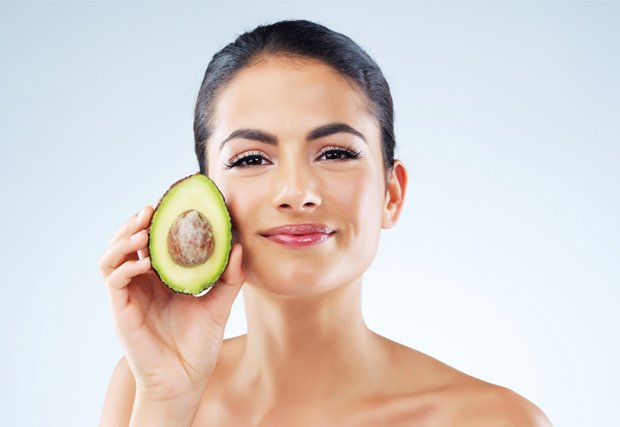What you need to know about this growing trend
Not so long ago, you could only find “green beauty” products — personal care products using natural ingredients — on the shelves of health stores, farmers’ markets or specialty shops.
Today, the natural personal care market is booming, in part because consumers have become more aware of the chemicals used in traditional products, so they look for products that are natural and safe. But what do “natural” and “safe” really mean?
There’s a lot to learn about green beauty, and there are no specific definitions for many of the terms used. Green beauty products can include green tea, beeswax, coconut oil, almond oil, aloe and chamomile. Green beauty products tend to provide better quality because of the amount of active natural ingredients, compared to traditional beauty products that contain water and chemicals mixed in with a few natural products.
“As the largest organ in the human body, the skin absorbs whatever is applied to it and transfers it to the bloodstream,” explains Cindy Besson, MD, OB/GYN at Aiken Regional Medical Centers.
Because of this, Dr. Besson stresses the importance of quality ingredients in skin care and cosmetic products. She advises that, “Although everything synthetic is not always bad,” it is wise to research the results of tests, if they are available, on products that are applied to the skin.
Dr. Besson suggests taking a look at safecosmetics.org, a website that works to eliminate dangerous chemicals linked to adverse health impacts from cosmetics and personal care products. Learning what to look for and what to avoid will help you decide what to buy and use on your skin.
Green beauty buzzwords
Here’s a quick take on what some commonly used beauty terms are meant to signify. Check your favorite products to see if claims like those made below are certified by a reputable regulatory body.
- Natural – made with ingredients sourced from nature that are minimally modified and contain no synthetic ingredients
- Clean – formulated without harmful or irritating ingredients
- Organic – produced without harmful pesticides
- Vegan – contains no animal-derived ingredients
- Cruelty-free – developed without testing on animals
- Eco-friendly – contains ingredients that are ethically sourced and packaged
Make your own masks
Skip the trip to the spa by whipping up two homemade self-care essentials. It’s easy to transform a few common kitchen ingredients into these all-natural treatments.
Homemade skin mask
For dry hands, try using this homemade skin mask a few times a week.
Ingredients
- 4 small potatoes, peeled, cooked and mashed
- 1 ounce (30 ml) heavy whipping cream
- 1 tbsp olive oil
- 1 tbsp lemon juice
- 10 drops (0.5 ml) vitamin E
Instructions
- Mix all ingredients well until a paste is formed.
- Spread the mask on your hands and apply to your face. Rub well to help the fats from the cream and oil penetrate the skin. Let sit for 20 minutes then rinse with warm water.
Natural Beauty Alchemy (The Countryman Press, 2015), by Fifi M. Maacaron
Homemade face mask
Tighten and refresh your skin with this all-natural face mask.
- 1/2 cup hot water
- 1/3 cup oatmeal
- 2 tbsp plain yogurt
- 2 tbsp honey
- 1 small egg
Instructions
- Combine 1/2 cup hot—not boiling—water and 1/3 cup oatmeal.
- After the water and oatmeal have settled for 2-3 minutes, mix in 2 tablespoons of plain yogurt, 2 tablespoons of honey and one small egg white.
- Apply a thin layer of the mask to your face, let it sit for 10-15 minutes, then rinse with warm water
“13 Must-Follow Recipes for the Perfect Homemade Face Mask” (Reader’s Digest)

